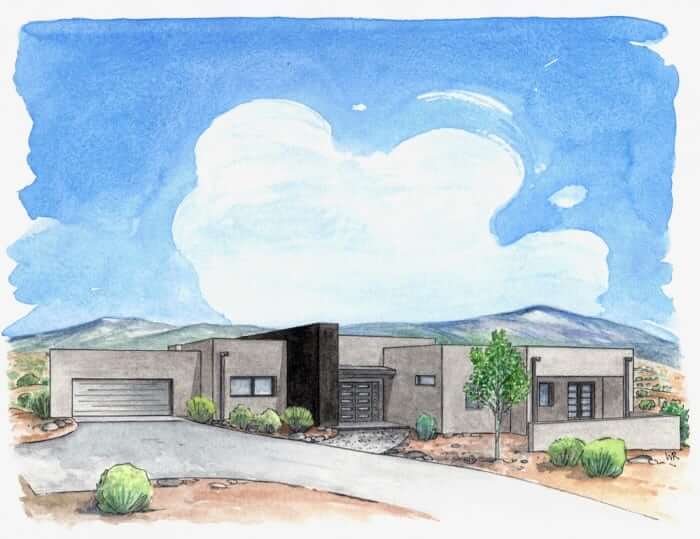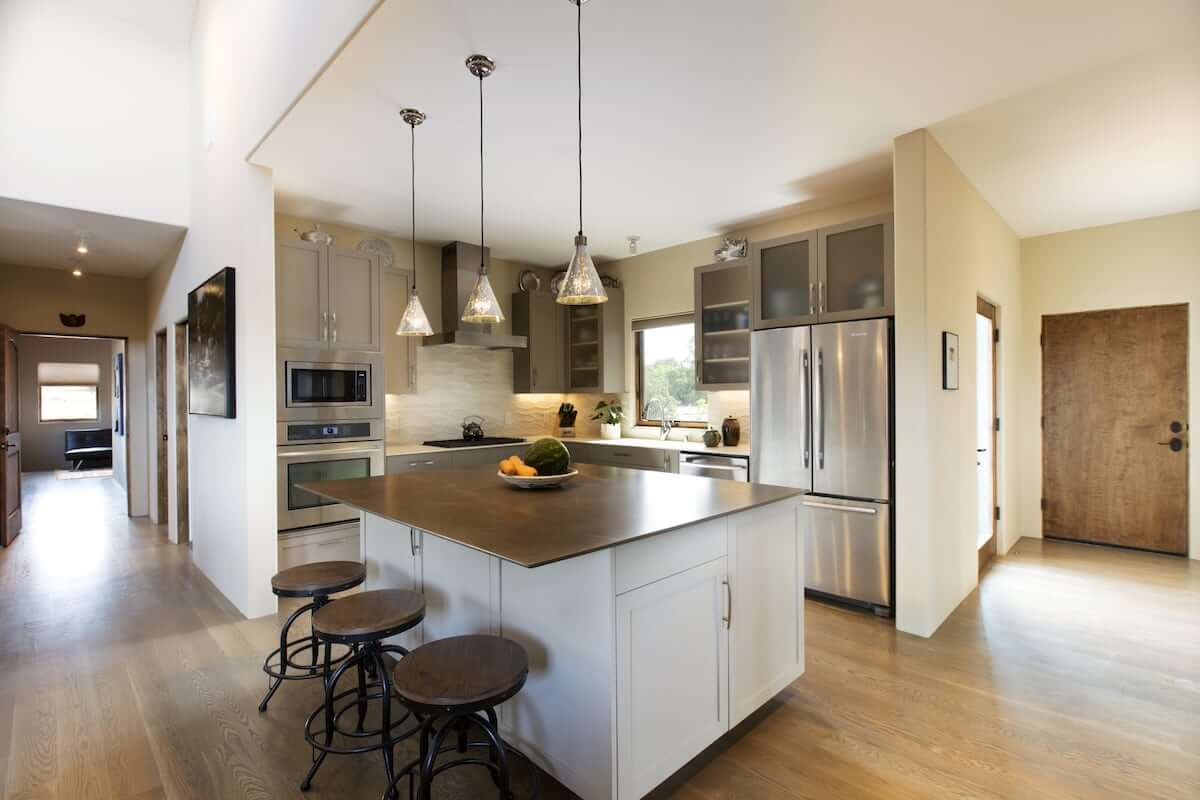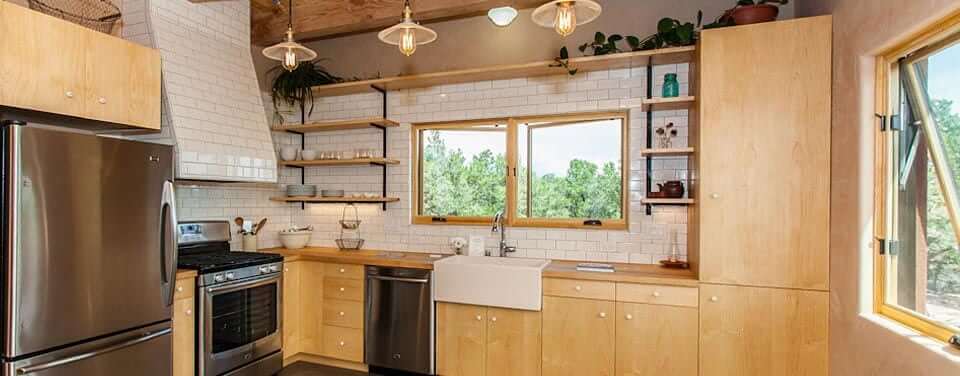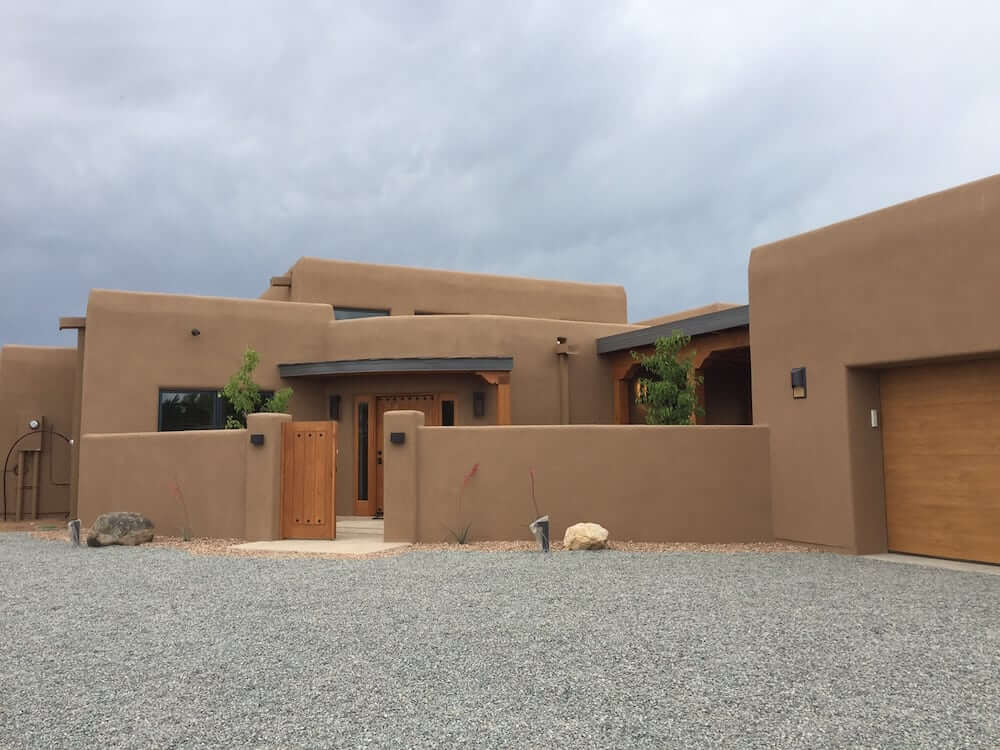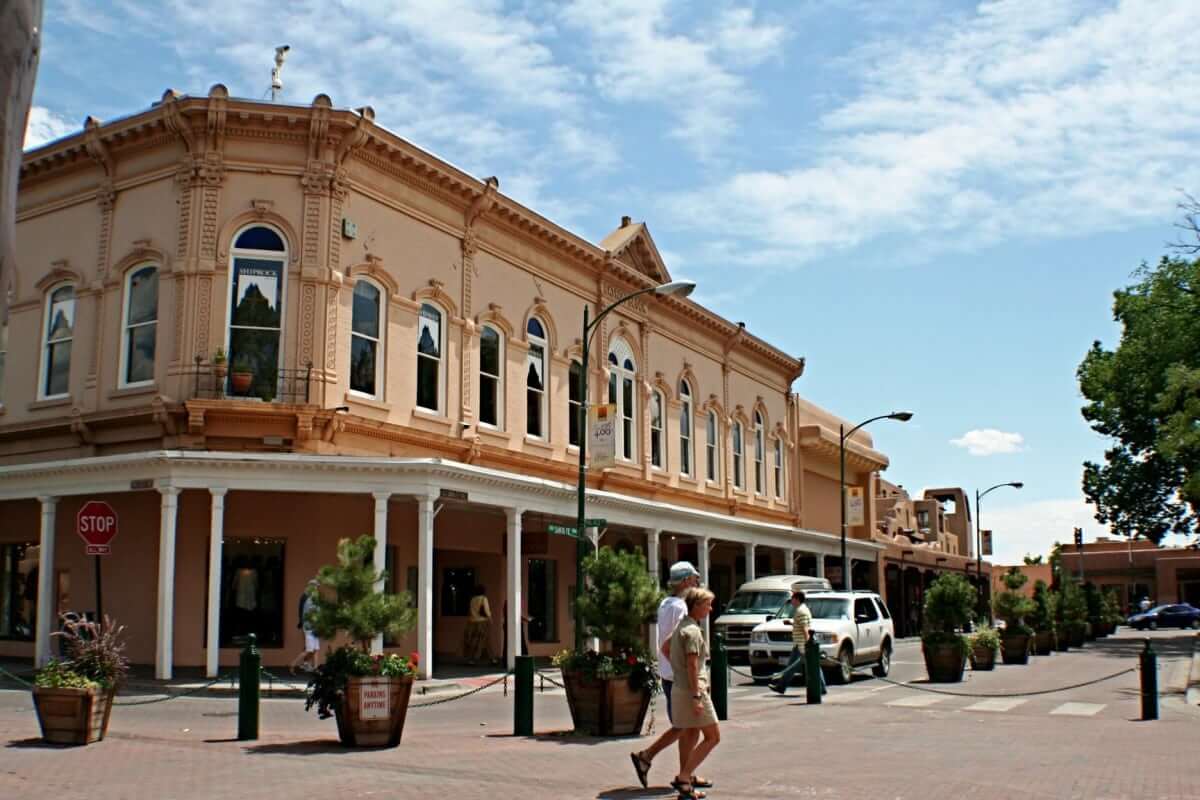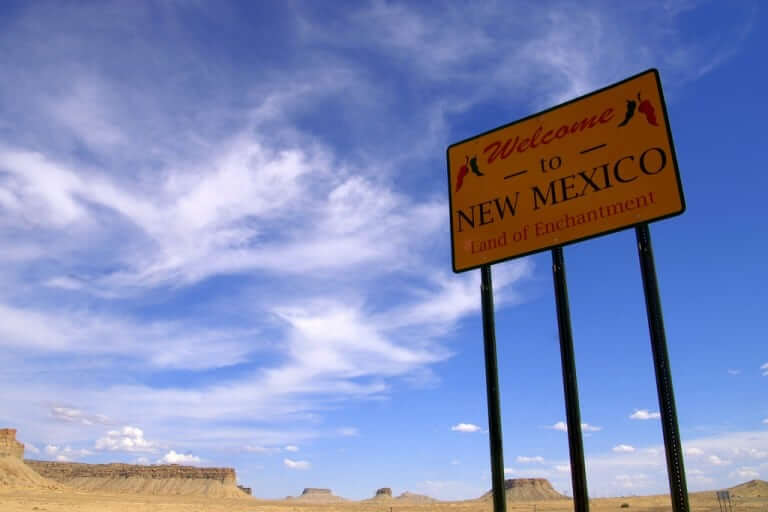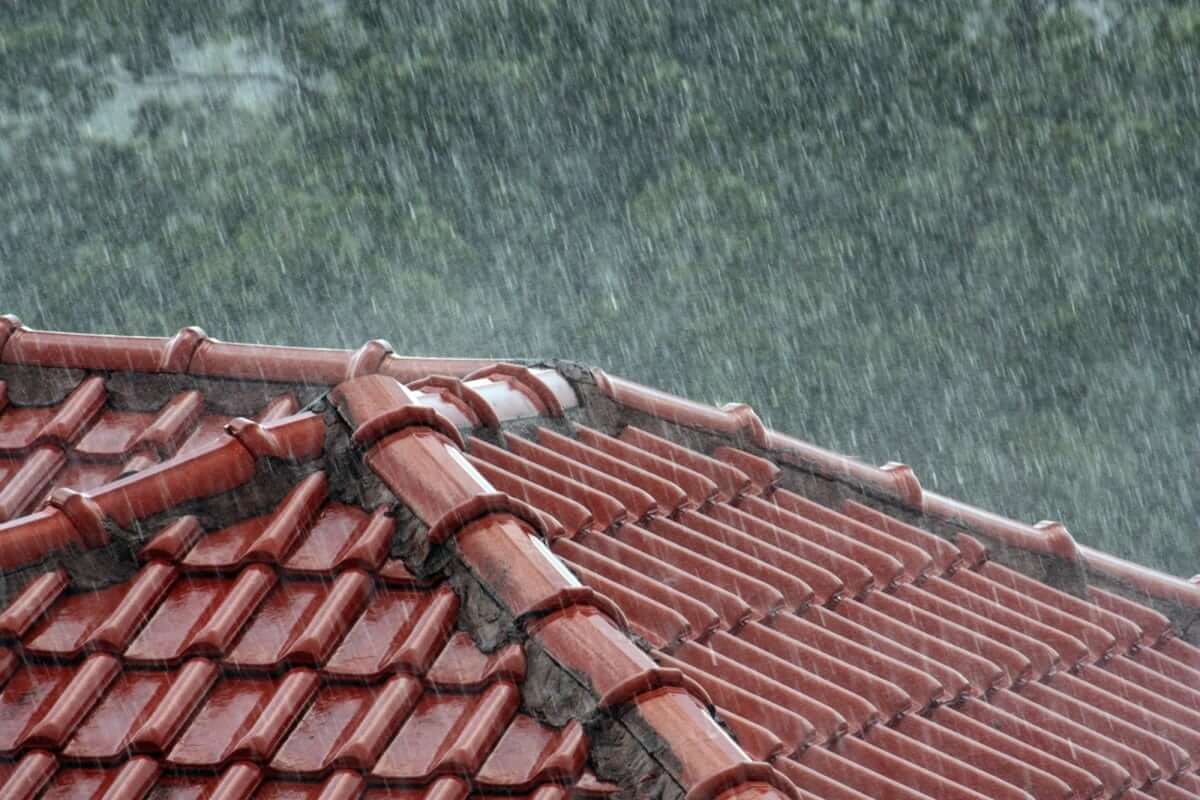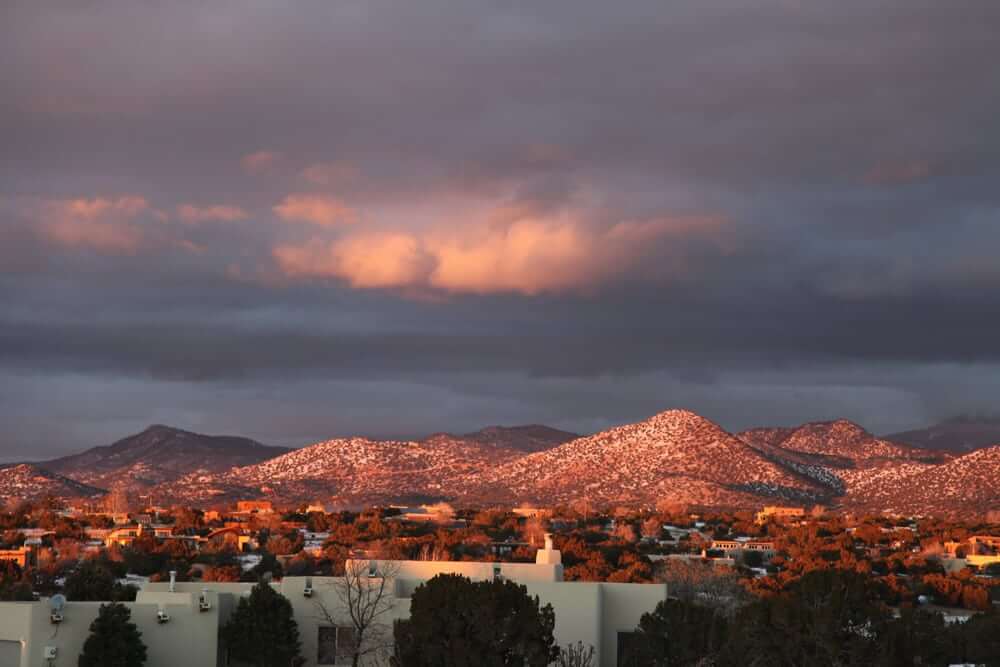Santa Fe is filled with exciting things to do. Did you just move to town? Are you visiting for the weekend? Today, we’re highlighting 7 great things to do when you’re new to Santa Fe, New Mexico.
1) Soak Up Culture on Canyon Road
For most Santa Fe visitors, Canyon Road is the first and last stop on the tour. It’s the center of Santa Fe’s artistic spirit and is home to commercial galleries, public museums, and other attractions that will appeal to art lovers.
Canyon Road can be found just east of the Santa Fe Plaza. Keep an eye out for artwork by renowned artists like Fernando Botero. Or, shop around for treasured cultural artifacts like Navajo rugs and Southwestern wood carvings.
The best way to soak up Canyon Road is to just walk down the street. The street is an art exhibit in itself: walking down the street, you’ll cruise past adobe buildings laced with brilliantly-colored flowers. You’ll smell the spicy odor of chili peppers wafting from the doorways of world-class restaurants.
Aim to spend 2 to 4 hours on Canyon Road. Parking in the area can be a hassle as the streets in the surrounding area are narrow. Look for the free Santa Fe Pick-Up shuttle stops nearby to save yourself a lot of headaches.
2) Explore Santa Fe Plaza
Santa Fe is one of the oldest cities in America. Founded all the way back in 1607, Santa Fe’s history began right under your feet at the Santa Fe Plaza.
The Plaza has been Santa Fe’s cultural hub ever since. Over the years, it’s played host to bullfights and fandangos. Today, it’s surrounded by historical buildings like the Palace of the Governors and the San Miguel Mission.
Walk around Santa Fe Plaza. Discover Santa Fe’s history. Explore the Plaza at night to find a place teeming with activity. Eat at some of the restaurants, walk through galleries, and peruse Native American artifacts – but be careful not to overspend on some of the inflated trinket prices.
3) Discover the Palace of the Governors & the New Mexico History Museum
Located just off Santa Fe Plaza, the Palace of the Governors was built the same year Santa Fe was founded – 1610. It was the original capital of New Mexico and is also renowned for being the site of the only successful Native American uprising, which took place back in 1680.
Walk through the adobe building to explore 400 years of our state’s history. Learn about the Santa Fe trail and view an altarpiece made in 1830 for a church in Taos.
The New Mexico Museum of History and the Palace of the Governors are both open every day from 10am to 5pm Tuesday through Sunday (open Mondays in the summertime). New Mexico residents pay $6 and out-of-state visitors pay $9, while children 16 and younger enter for free. Admission is also free on Fridays between 5pm and 8pm.
If you’re really interested in learning more about the city’s history, consider booking a walking tour through the New Mexico History Museum. It takes you to more historic spots around town.
4) Peruse the Georgia O’Keeffe Museum
Santa Fe is famous for its artists, and no artist is more famous in Santa Fe than Georgia O’Keeffe. O’Keeffe moved to Santa Fe from the East Coast and quickly became inspired by the high desert surroundings. Before long, she was known as one of the greatest artists to ever live in the Southwest.
Even if you have just a minor love of art, the Georgia O’Keeffe Museum is a must-visit while in Santa Fe. It’s home to over 1,000 O’Keeffe creations, including drawings, paintings, and sculptures along with 2,000 other works by her peers.
5) Experience Meow Wolf
Meow Wolf is a recently-opened art exhibit that’s difficult to describe. Essentially, it’s a walkthrough art exhibit packed with multimedia presentations. Here’s how the artists describe their renowned attraction:
“Our work is a combination of jungle gym, haunted house, children’s museum, and immersive art exhibit. This unique fusion of art and entertainment gives audiences fictional worlds to explore.”
It’s an immersive experience that really has to be seen to be believed. You can’t really describe it: you just have to see it for yourself the next time you visit Santa Fe.
Meow Wolf also has rotating exhibits taking place throughout the year. Visit their official website to check what’s going on this week.
6) Go Skiing
New Mexico may be a desert, but Santa Fe sits at 7,199 feet above sea level, making it one of the highest cities in the United States. That means ski hills and snow are only a short trip away from downtown in the winter.
There are four main ski hills within a two hour drive of Santa Fe. The closest option is Ski Santa Fe, which is just 15 miles northeast of the city. Other options include Pajarito Mountain Ski Area and Sipapau Ski and Summer Resort, both of which are about an hour away.
If you want to travel a little farther, then Taos Ski Valley is probably the best ski hill in the state. It’s home to more varied terrain and a larger ski area. It’s a 2 hour drive away but locals will tell you it’s worth getting up early.
Many of New Mexico’s ski resorts get up to 300 inches of snow every year. If you’re in the area in the winter, you can enjoy nice weather in town while still enjoying world-class skiing on the peaks.
7) Hike Bandelier National Monument
Located just a few miles west of Santa Fe, Bandelier National Monument is an outdoor mecca for Santa Fe residents. The area is home to 30,000 acres of backcountry wilderness along with 60 miles of hiking trails. It takes about an hour to drive there from Santa Fe, but it’s a great way to spend a weekend exploring.
History buffs will get a kick out of Bandelier National Monument. The base of Frijoles Canyon has a collection of ancient cave dwellings and other stone structures that originally belonged to New Mexico’s Pueblo people. Visitors are free to explore the settlement and follow the paved trail through the village.
7 day passes to Bandelier National Monument cost about $20.
We’ve only hinted at the number of great things there are to do around Santa Fe, New Mexico! We’re surrounded by nature, history, art, and culture in our beautiful city and that means there’s never a shortage of things to do.






